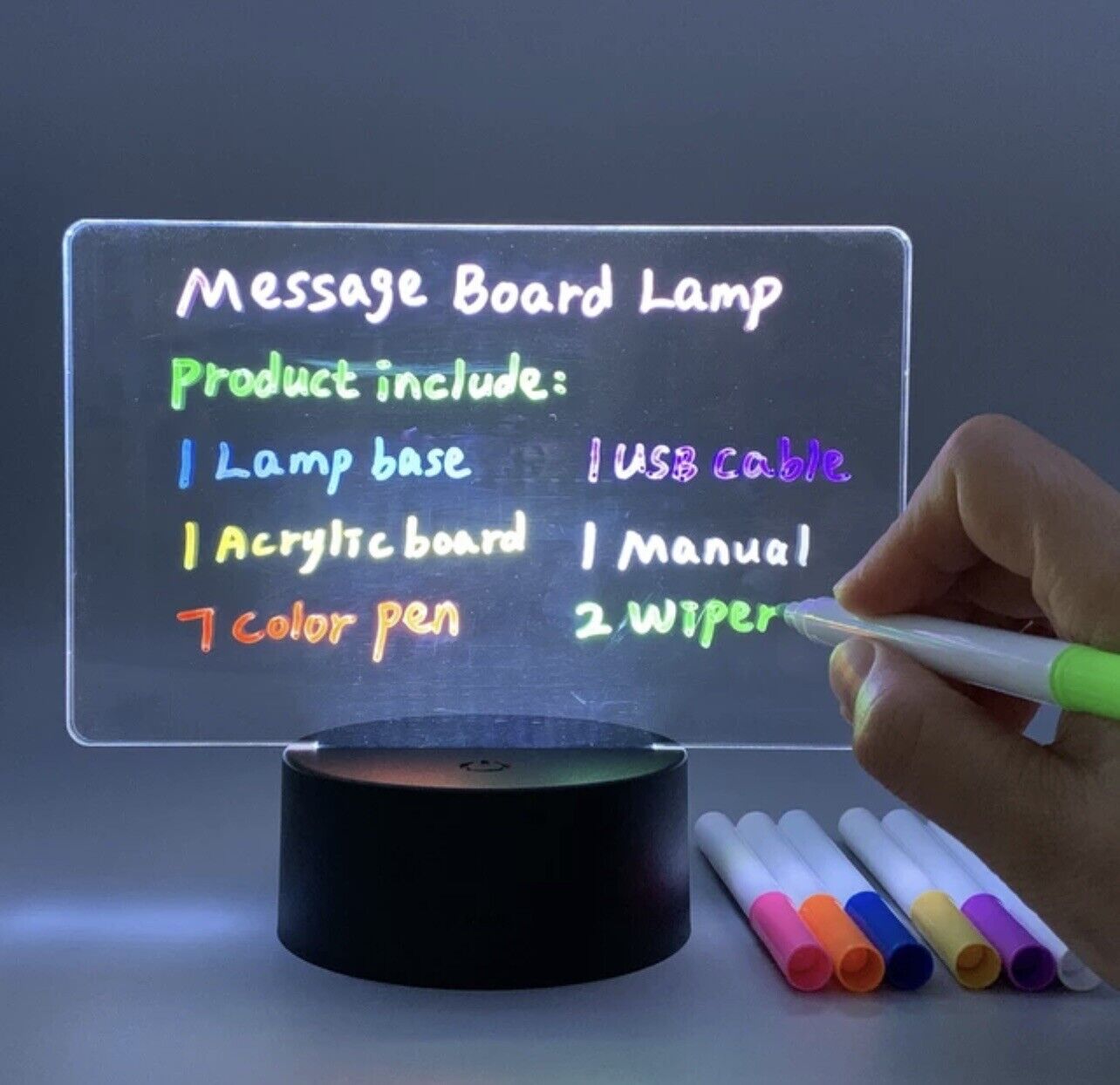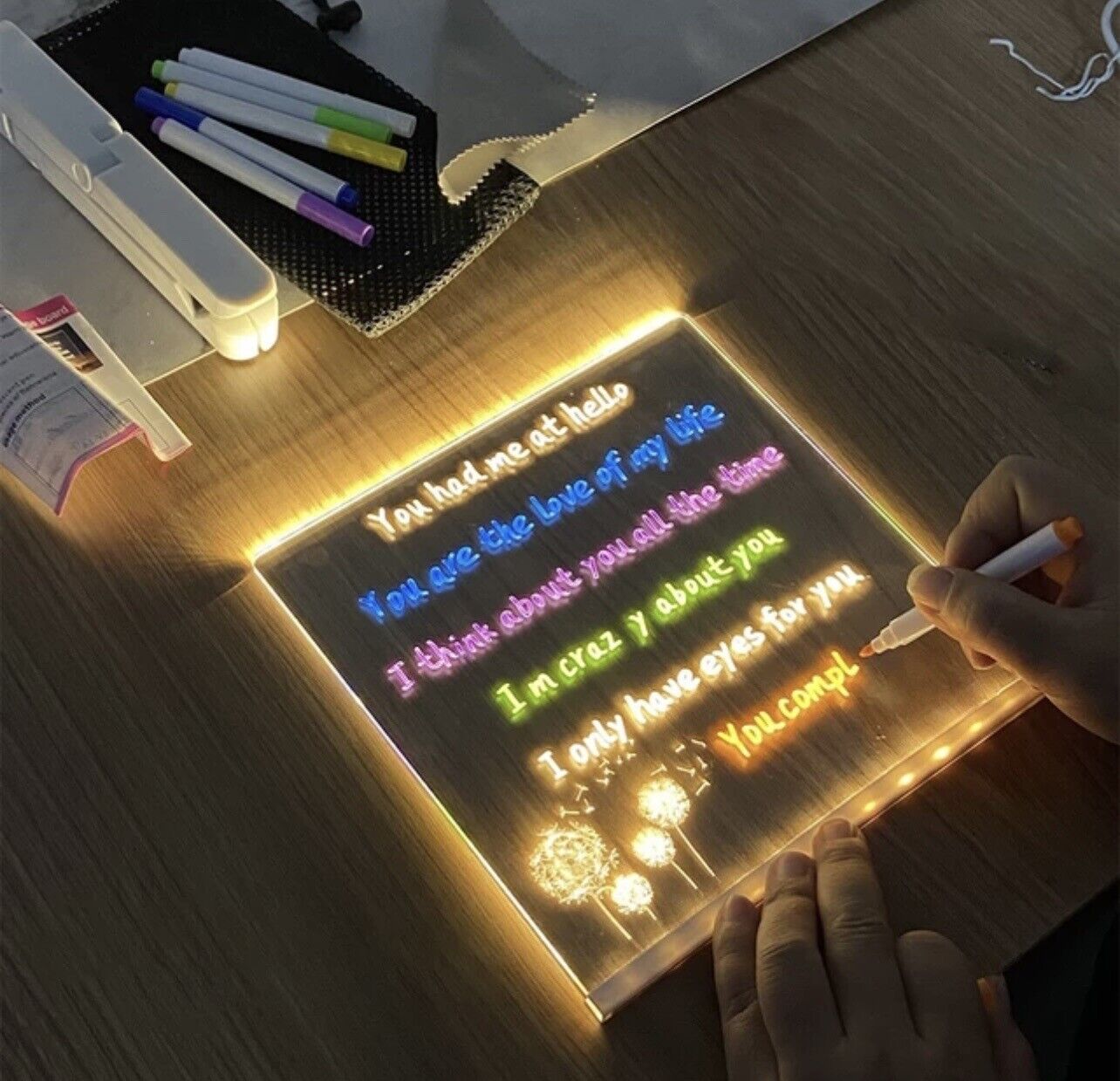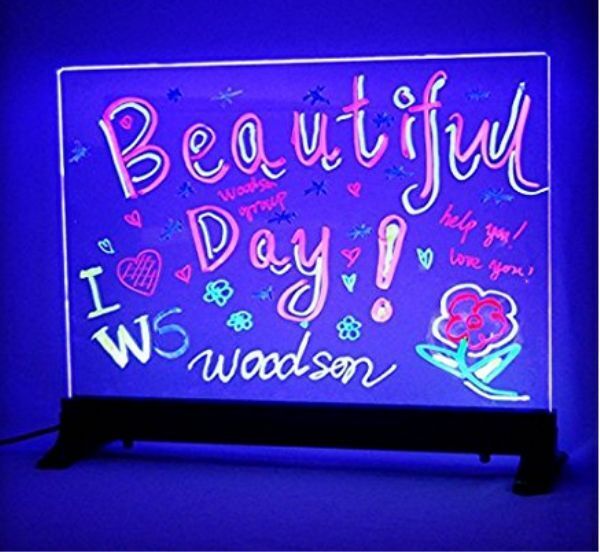The company I work for have been looking at an alternative wall mounted android-based device with side LEDs. The device runs Android 8
I’ve previously used a different device from SIBO and I used their library (a jar file) with inline Java and that all worked, however this isn’t as simple.
The very basic details I was given by the supplier is that it uses the android Library libjnielc.so and an interface file jnielc.java
A bit of searching and I came across this sample eclipse app that's on GitHub yixucon/app at master · amitwalinjkar/yixucon · GitHub
How might I use this library in B4A?
Will a wrapper need to be created for this?
I don't know much about Eclipse and my Java is quite basic... any help would be appreciated.
Thanks...
I’ve previously used a different device from SIBO and I used their library (a jar file) with inline Java and that all worked, however this isn’t as simple.
The very basic details I was given by the supplier is that it uses the android Library libjnielc.so and an interface file jnielc.java
A bit of searching and I came across this sample eclipse app that's on GitHub yixucon/app at master · amitwalinjkar/yixucon · GitHub
How might I use this library in B4A?
Will a wrapper need to be created for this?
I don't know much about Eclipse and my Java is quite basic... any help would be appreciated.
Thanks...



